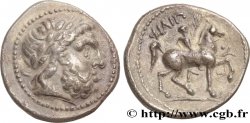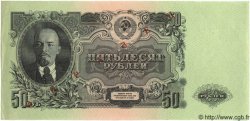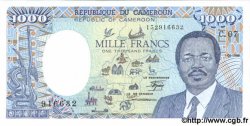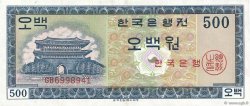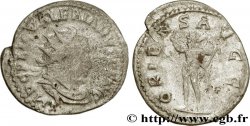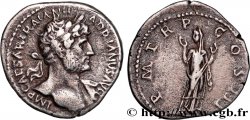bga_423733 - DANUBIAN CELTS - TETRADRACHMS IMITATIONS OF PHILIP II AND HIS SUCCESSORS Tétradrachme au cavalier, imitation de Philippe II
недоступный.
Товар уже продан в нашем интернет-магазине (2018)
Цена: : 250.00 €
Товар уже продан в нашем интернет-магазине (2018)
Цена: : 250.00 €
Тип Tétradrachme au cavalier, imitation de Philippe II
Дата: (IIe-Ier siècles avant J.-C.)
Металл: silver
Диаметр: 23 mm
Ориентация осей монеты: 12 h.
Вес: 13,74 g.
Редкость: R2
Комментарии о состоянии
Tétradrachme sur un flan un peu court avec des types centrés et complet. Patine grise
Ссылки в каталоге: :
Происхождение:
Cet exemplaire provient de la collection J. G. (1933-2015)
Лицевая сторона
Аверс: легенда: ANÉPIGRAPHE.
Аверс: описание: Tête laurée de Zeus à droite ; grènetis.
Обратная сторона
Реверс: Описание: Cavalier au pas à droite, tenant une palme de la main droite ; le cheval lève l'antérieur à droite ; entre les jambes du cheval, une torche.
Реверс: легенда: FILIP - POU
Комментарий
Si le statère d’or de Philippe II de Macédoine a servi de prototype à de nombreuses imitations gauloises, le tétradrachme n’a pas été imité en Gaule, mais reste principal sujet d’inspiration des monnaies pour les Celtes du Danube (LT. 9697-9767, 9768-9832, 9618-9630, 9870-9886). Les premières imitations furent frappées dans le premier quart du IIIe siècle avant J.-C. La fabrication des copies serviles, puis des imitations, enfin des frappes celtiques continuèrent pendant plus de deux siècles.
Au revers la torche correspond à Philippe III pour Amphipolis entre 323 et 316.
Au revers la torche correspond à Philippe III pour Amphipolis entre 323 et 316.








 Cообщить об ошибке
Cообщить об ошибке Распечатать страницу
Распечатать страницу Отправить мой выбор
Отправить мой выбор Задать вопрос
Задать вопрос Consign / sell
Consign / sell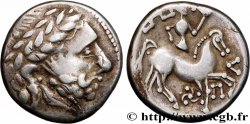
 Информация
Информация

